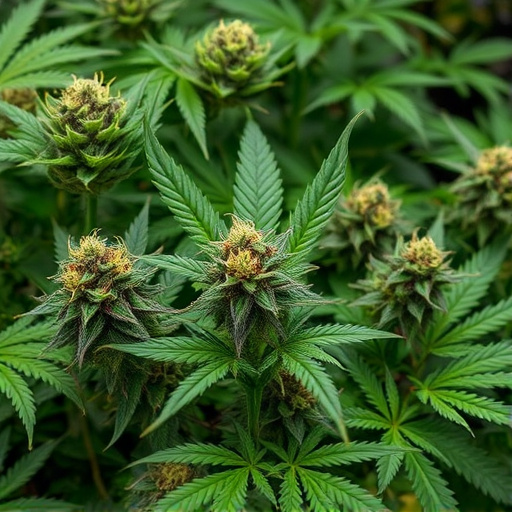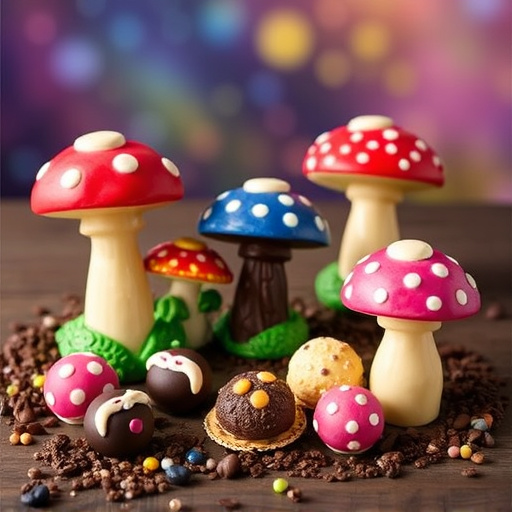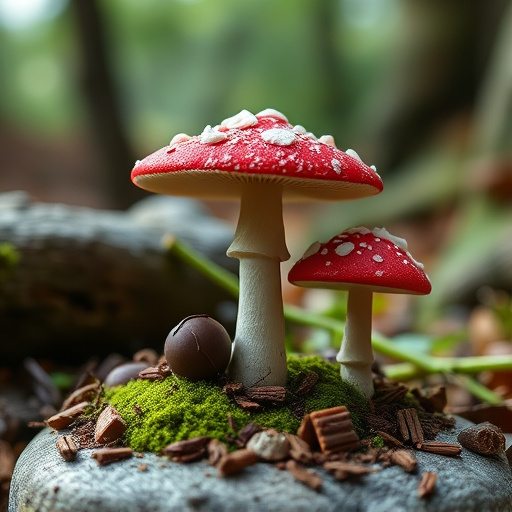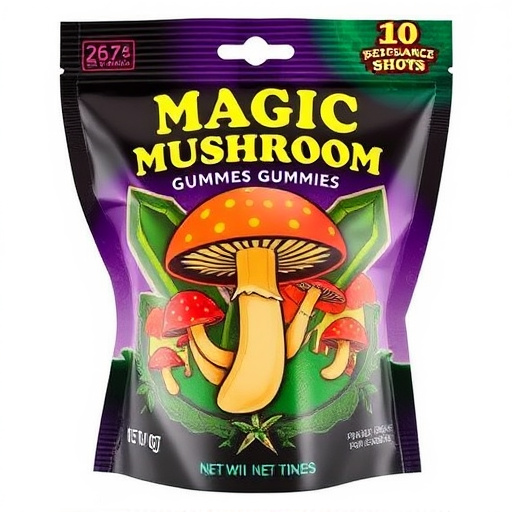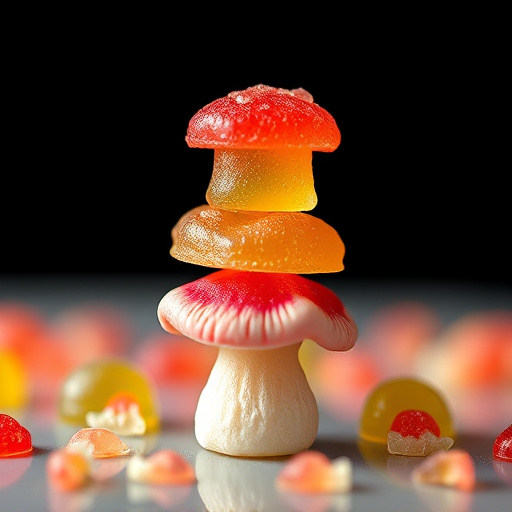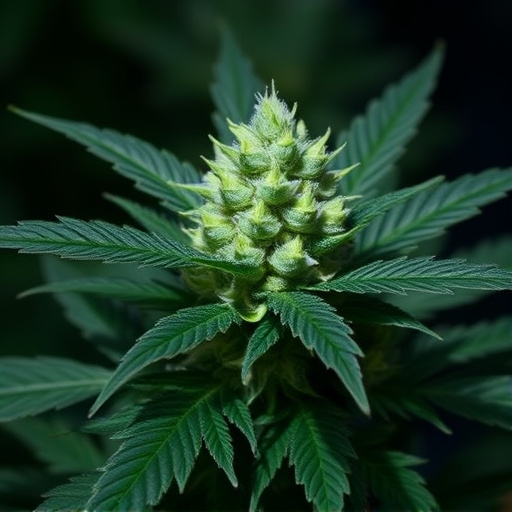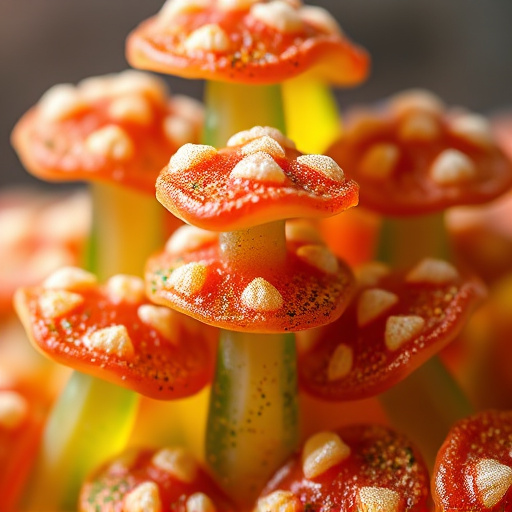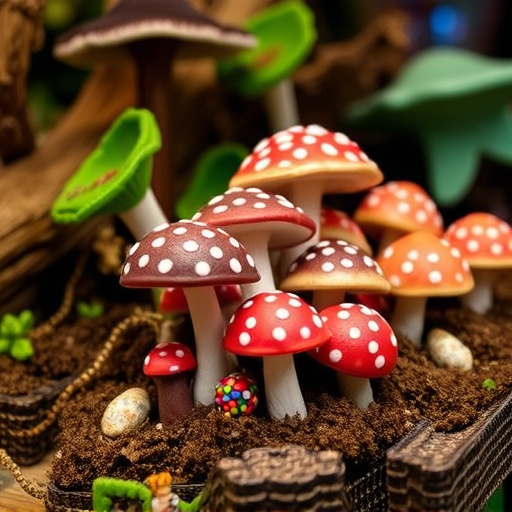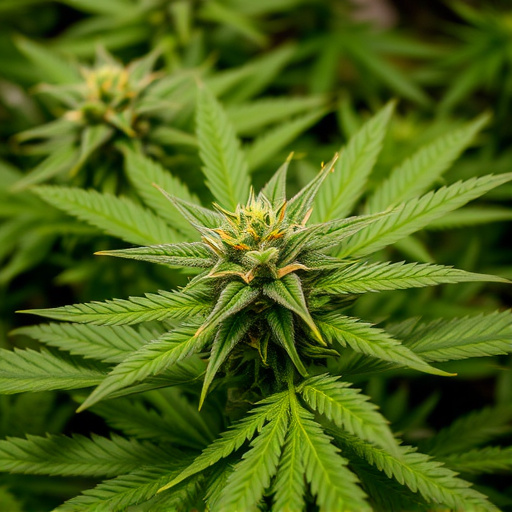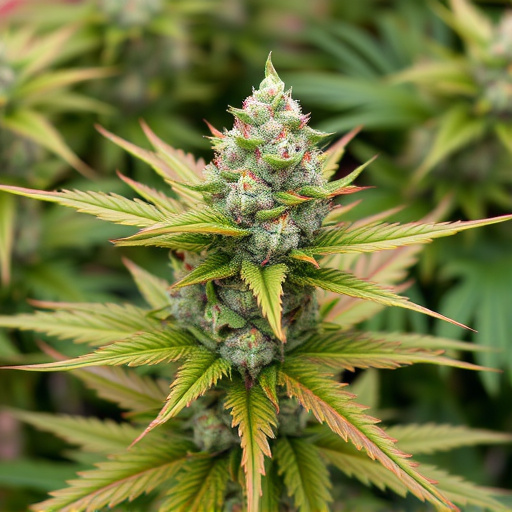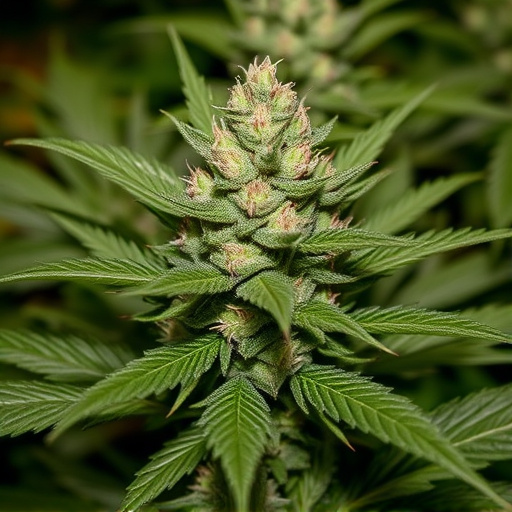Cannabis plants naturally age, causing chemical transformations that impact THC and CBD levels—specifically, decreasing THC in high sativa strains over time. This aging process significantly alters the potency and effects of cannabis. To ensure desirable results from aged high sativa strains, laboratory analysis is crucial for consumers. Proper storage conditions, including temperature, humidity, and light control, are vital to preserving potency and flavor, offering a more complex sensory experience for enthusiasts.
Can old weed still get you high? It’s a question that puzzles many cannabis enthusiasts. As time passes, what happens to the potency and composition of stored cannabis? This article explores the science behind aging cannabis, delving into how detecting changes in potency and composition impacts the user experience. We’ll specifically look at whether aged cannabis, especially potent sativa strains, can still deliver the desired high.
- What Happens to Cannabis Over Time?
- Detecting Potency and Composition Changes
- The Impact on the User Experience: Can It Still Get You High?
What Happens to Cannabis Over Time?
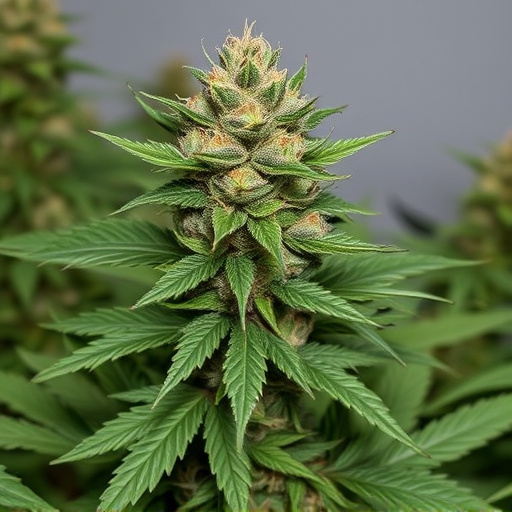
Over time, cannabis plants naturally undergo changes in their composition. The active compounds, such as THC and CBD, can degrade or convert into other forms. Older cannabis may have a different chemical profile compared to fresh, recently harvested varieties. This means that while it might still contain the same overall percentage of these compounds, the ratios could differ significantly. For instance, high sativa strains are known for their potent THC content, but as cannabis ages, THC levels can decrease, and other cannabinoids like CBD may become more prominent. As a result, the “high” experienced from older cannabis might vary in intensity and effect, depending on these compositional shifts.
Detecting Potency and Composition Changes
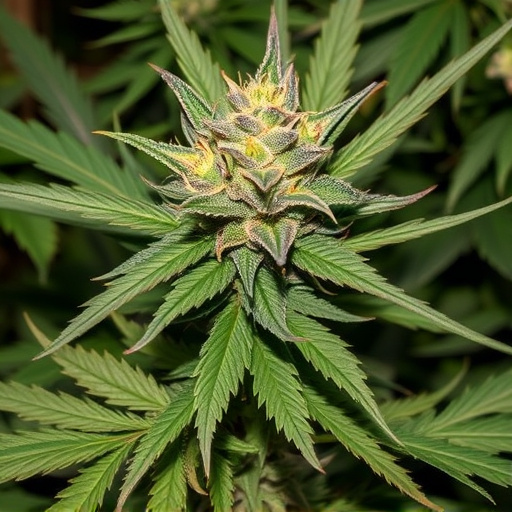
Detecting Potency and Composition Changes in Old Weed
When it comes to old cannabis, one of the primary concerns is whether it still holds its potency and desirable composition, especially popular high sativa strains. Over time, cannabis can undergo changes in its chemical makeup, affecting both its strength and quality. The process is influenced by various factors such as storage conditions, age, and exposure to light, heat, or moisture.
To determine if an old strain still delivers the desired high, it’s crucial to examine its composition. High sativa strains are known for their varying levels of THC (tetrahydrocannabinol) and CBD (cannabidiol). As cannabis ages, these compounds can degrade or transform, leading to potential changes in potency. Testing methods like laboratory analysis can help identify the current cannabinoid profile, ensuring consumers get what they expect from a specific strain, even if it’s been around for a while.
The Impact on the User Experience: Can It Still Get You High?
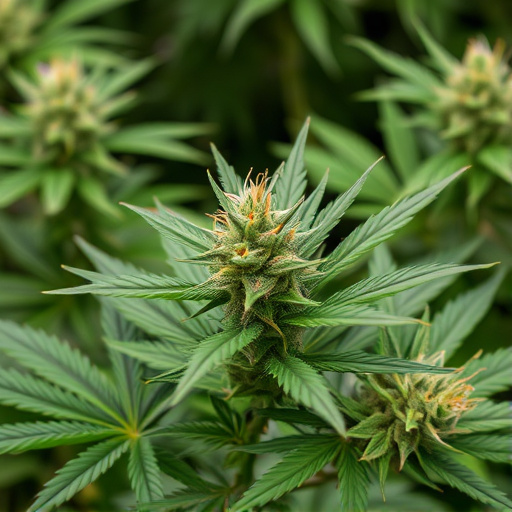
Even if cannabis has been stored for an extended period, it can still offer a potent user experience, especially with high sativa strains known for their uplifting and energizing effects. The potency largely depends on how well the plant has been preserved—a process influenced by factors like temperature, humidity, and light exposure. Properly stored cannabis retains its active compounds, including THC (tetrahydrocannabinol), responsible for the characteristic “high.”
While aging may cause some loss of volatile terpenes that contribute to flavour and aroma, high-quality storage methods can preserve these elements as well. Many cannabis enthusiasts argue that older bud sometimes delivers a more complex and nuanced high due to the gradual breakdown of other chemical compounds, resulting in a unique sensory experience that might differ from newer batches.
While aging cannabis may lose some of its potency, it’s not necessarily a sign it can no longer deliver an enjoyable and potent experience. In fact, many advocate for the preservation of older plants, highlighting that well-curated, high sativa strains can still offer profound mental and physical effects. Understanding the potential changes in composition and detecting them through testing is key to ensuring a satisfying and safe experience. So, whether you’re seeking a classic sativa buzz or exploring vintage strains, remember that age doesn’t always equate to a diminished high.
